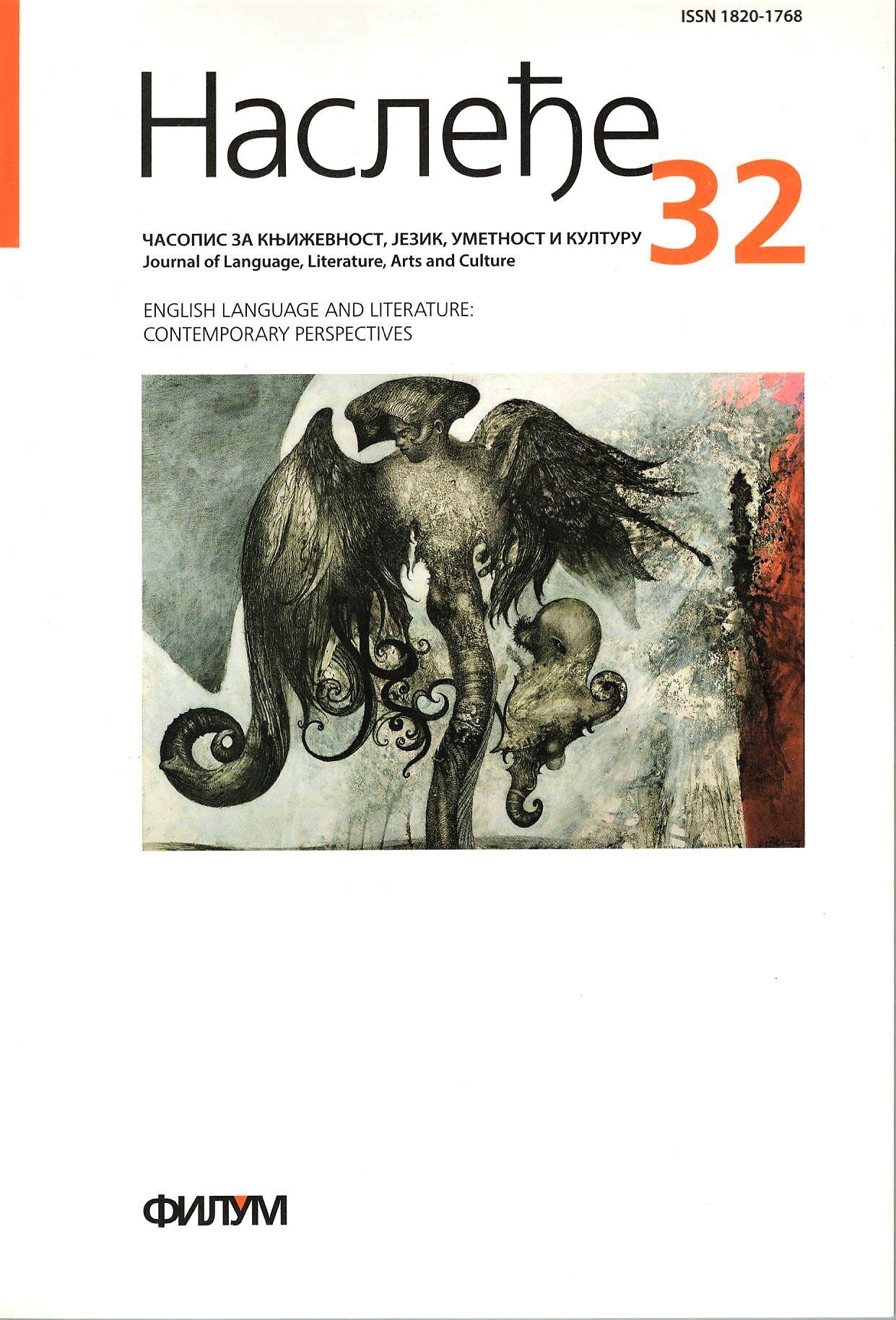REALISM IN THE CONTEMPORARY AMERICAN SHORT STORY
Keywords:
realism, representation, American short story, Hemingway, BeattieAbstract
Starting from the premise that the short story observes the laws of narrative and the tenets of realism on its own terms, the paper will explore the realism in the work of two prominent American short story writers: Ernest Hemingway and Ann Beattie. Although considered to lack the “breadth”, scope and universality of the novel and also accused of being fragmentary and subjective, short story can use its brevity to claim its nearer kinship to poetry and yet not violate its realistic frame. Declaring the need for compression, the form combines the increased rigor in detail selection and word choice with an emphasis on suggestive language, in order to convey emotion and render judgment with seeming objectivity within the confines of its generically limited space.
References
Beattie 2006: Ann Beattie, Follies, New York: Scribner.
Bates 1941: H. E. Bates, The Modern Short Story, London: Thomas Nelson and Sons.
James 1956: Henry James, “The Story-Teller at Large: Mr. Henry Harland”, The American Essays of Henry James, Leon Edel (ed.), New York: Vintage, 186-93.
Lohafer 1983: Susan Lohafer, Coming to Terms with the Short Story, Baton Rouge and London: Louisiana State University Press.
O’Connor 1984: Flannery O’Connor, Mystery and Manners, Sally and Robert Fitzgerald (eds.). New York: Farrar Straus.
Richetti 1999: John Richetti, The English Novel in History 1700-1780, London and New York: Routledge






